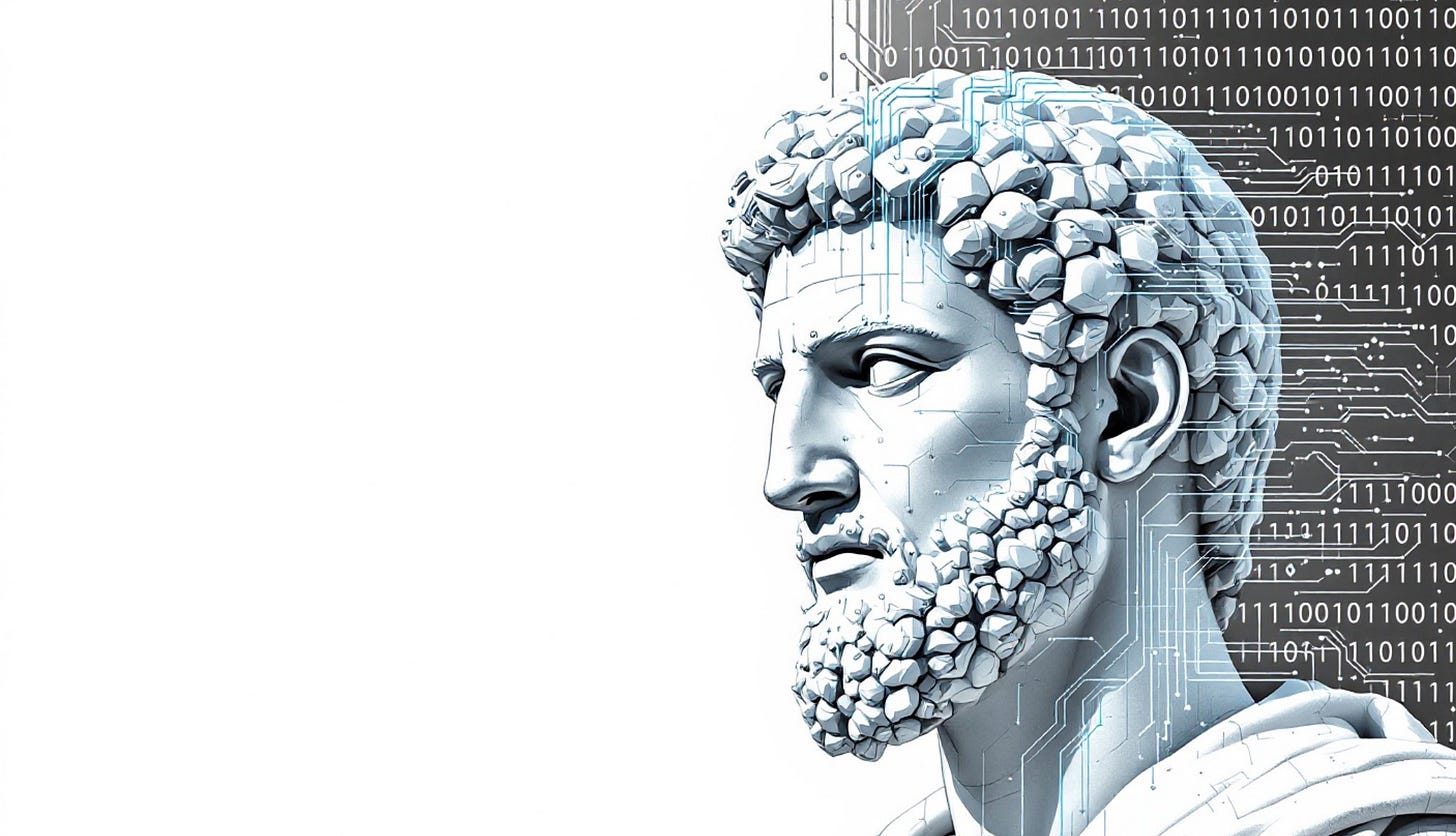The unreasonable effectiveness of compressed cycle times
OK, AI, why don't I just try to do this now?
In Amp It Up, Frank Slootman writes:
"People sometimes ask to get back to me in a week, and I ask, why not tomorrow or the next day? Start compressing cycle times. We can move so much quicker if we just change the mindset. Once the cadence changes, everybody moves quicker, and new energy and urgency will be everywhere."
Its the tail end of 2024. Markets want instant execution. Competitors can emerge overnight. Frank’s insight isn't just management philosophy — its survival.
Here's what I've noticed: Organizations that compress cycle times win. Those that don't get left behind. Speed is the ultimate advantage.
But how do you and I actually do it?
Hidden Rate Limits
In my view, a deceptively simple yet fuzzy equation governs cycle times: skill level x human energy/focus x employable tools.
Look at these common workflows and their traditional time constraints:
Meeting notes (30 minutes - 1 hour post-meeting to process)
Idea refinement (days of back-and-forth)
Technical implementation (weeks of development)
Video editing (hours and hours of manual work)
Presentation design (days of formatting)
Each creates cascading bottlenecks from individual to team to organization.
But something different is happening now.
The Acceleration Effect
Once you immerse yourself in modern AI tools, you realize: The old time constraints are now mostly artificial (no AI pun intended)
What used to take days now takes hours. What took hours now takes minutes.
Here's the framework I use to think about this transformation:
1. Skill Amplification
Before: Even getting started writing code required significant expertise
Now: Cursor turns plain English into working solutions
Example: A marketing manager implements their own analytics dashboard in an afternoon
2. Energy/Focus Redirection
Before: Taking notes meant missing meeting dynamics
Now: Circleback captures everything while you focus on relationships
Example: What used to take 90-120 minutes (meeting + notes) now takes exactly 60 minutes
3. Tool Leverage
Before: Video editing meant frame-by-frame manipulation
Now: Descript turns it into text editing
Example: 2-hour editing sessions become 15-minute refinements
This isn’t a panacea and there is nuance to all of this. But don’t just take my word for it.
Breaking the "Law of Avoidance"
There's a deeper more fundamental transformation happening.
Mark Manson's "Law of Avoidance" from The Subtle Art of Not Giving a F*ck states: the more something threatens your identity, the more you will avoid it.
He goes on to explain:
Someone who identifies as a “practical insurance adjuster” might avoid pursuing a dream of writing a screenplay, as doing so would conflict with their self-image.
Many of the illustrative rate limited workflows above trigger similar identity questions. Take coding, for instance:
The Internal Dialogue:
Do I know enough?
Am I really qualified?
Will others judge my work?
Do I belong as a Developer?
The Result: If there's misalignment between your self-image and your conception of "a developer," you're likely to postpone or avoid coding—even when it’s exactly what you want to do.
Modern AI lowers the barrier between who we think we are and what we can actually do, making it easier to just start.
It don’t just speed up work, it transforms our relationship with it.
We then bridge the gap between intent and execution in ways that feel magical.
Going from 0 - 80% is fast. We still need to employ judgement and expertise on that critical last mile.
Because we can accommodate and adapt. The mind adapts and converts to its own purposes the obstacle to our acting. The impediment to action advances action. What stands in the way becomes the way. — 5. 20
The Unreasonable Effectiveness of Compressed Cycles
Like the "unreasonable effectiveness" we've seen in mathematics describing physics1 and massive data predicting language2, AI wielded well demonstrates unreasonable effectiveness in compressing cycle times.
Why the mental model breaks is that each variable in our equation gets transformed:
Skill Amplification
Explore multiple approaches simultaneously with ChatGPT, Claude and Gemini
Convert rough ideas into working implementations
Fill knowledge gaps in real-time
Energy/Focus Redirection
Automate the mechanical
Focus on the strategic
Eliminate busy work
Tool Leverage
Reduce cognitive overhead
Compress manual steps
Enable rapid iteration
The New Questions
Once you experience and see this transformation, you can’t unsee it.
You start asking different questions:
Not: Can I do this? But: How quickly can I do this?
Not: Do I have the skills? But: How can AI bridge my gaps?
Not: Should I wait? But: OK, why don't I just try to do this now?
The Path Forward
The people and organizations that win in 2024 and beyond will be those that:
Transform mindsets about what's possible.
That its.
One more time for emphasis.
Transform mindsets about what's possible.
Because here's the truth: The gap between intent and execution has never been smaller.
The only question is: How quickly will you adapt your mindset to this reality?
That answer will determine your future.
Wigner, E. P. (1960). The unreasonable effectiveness of mathematics in the natural sciences. Communications on Pure and Applied Mathematics, 13(1), 1–14.
Halevy, A., Norvig, P., & Pereira, F. (2009). The unreasonable effectiveness of data. IEEE Intelligent Systems, 24(2), 8–12. https://doi.org/10.1109/MIS.2009.36


